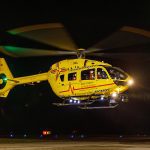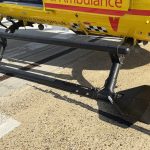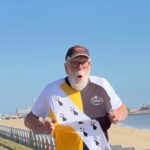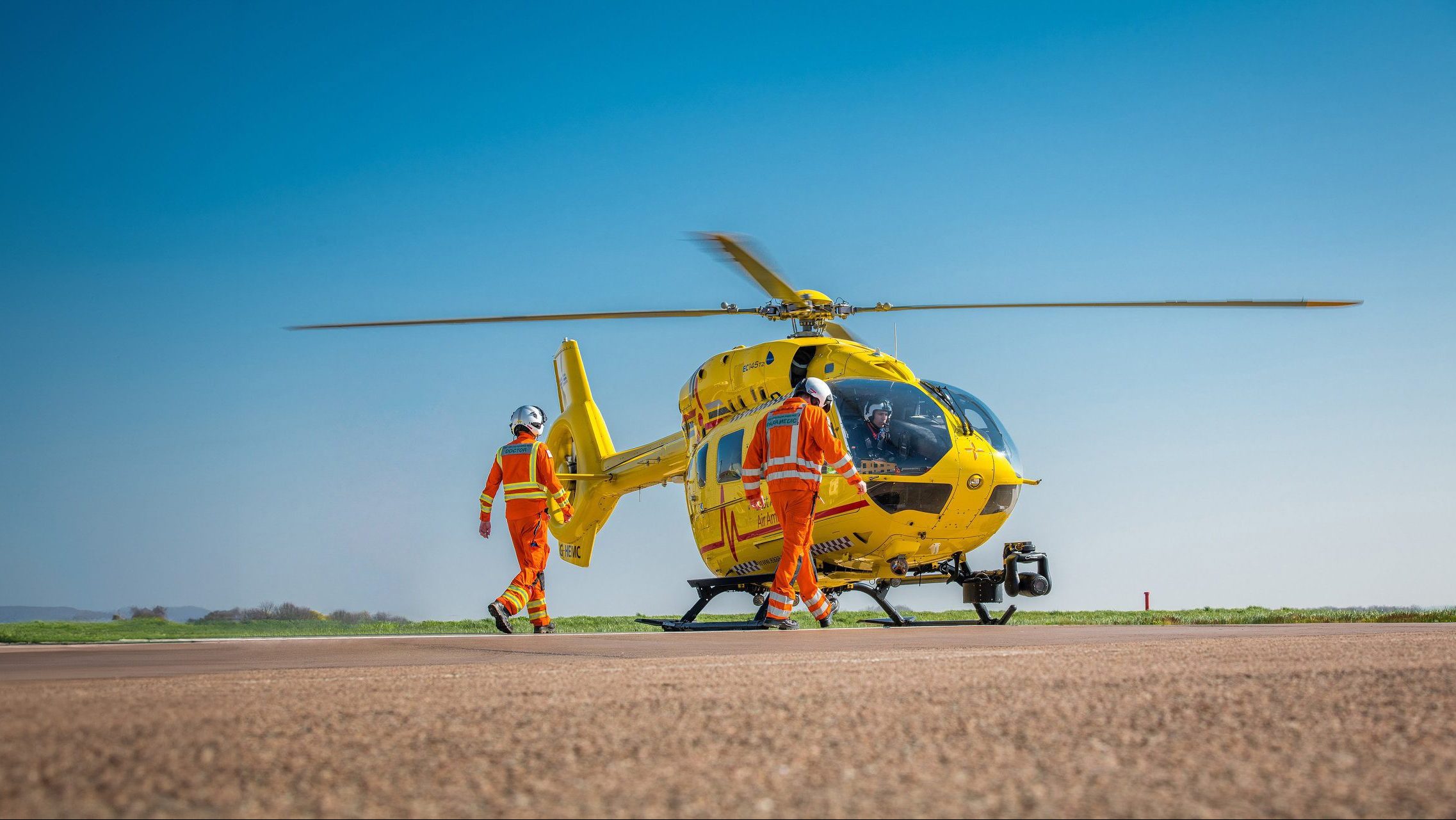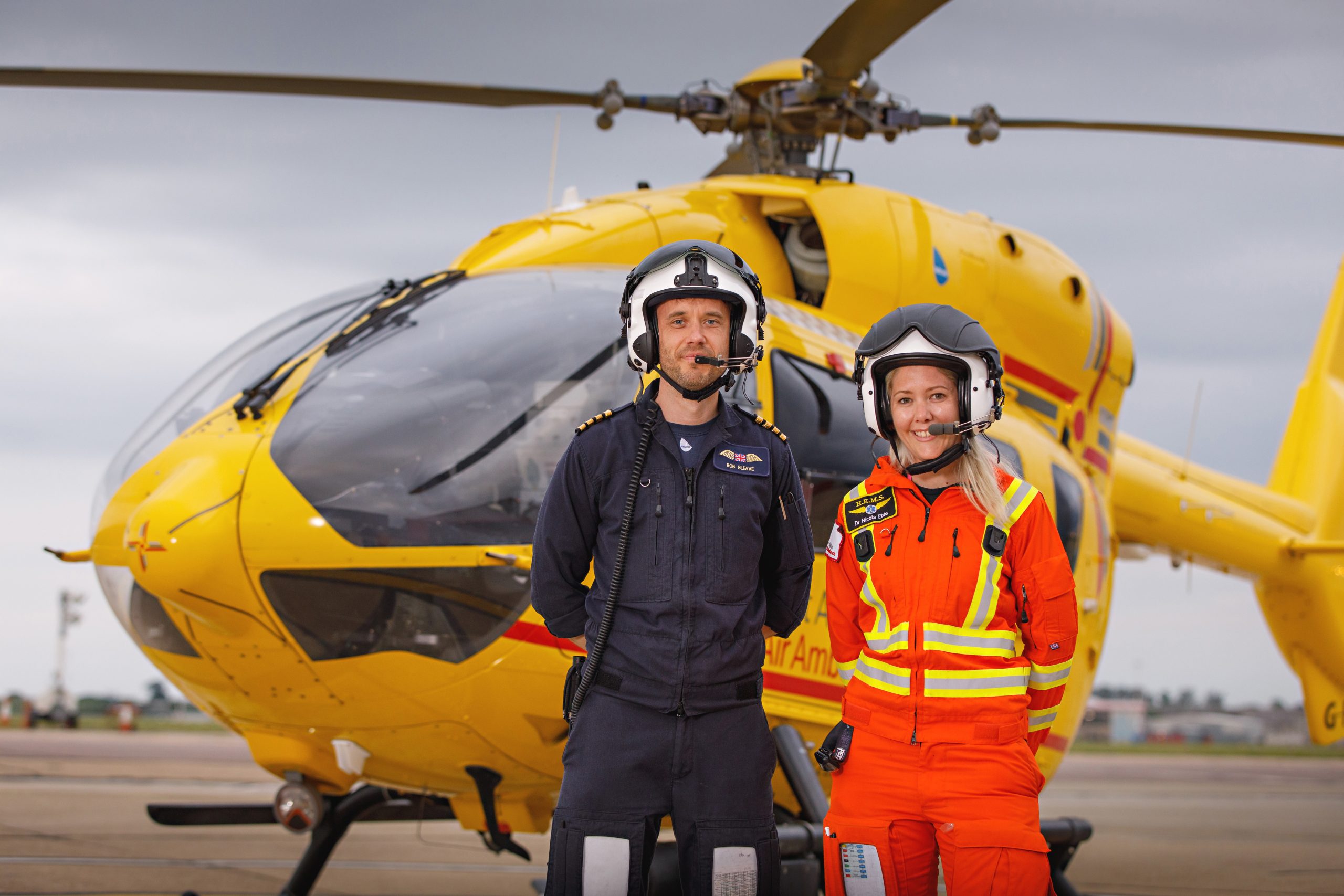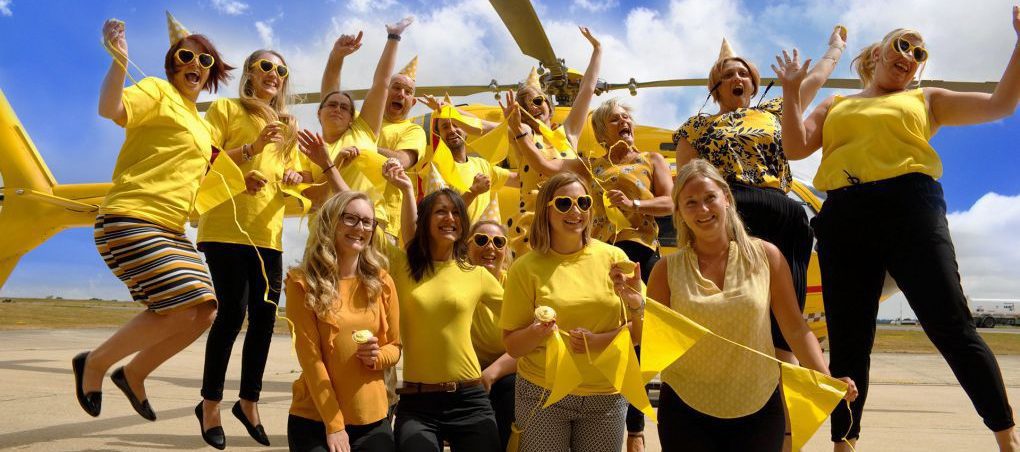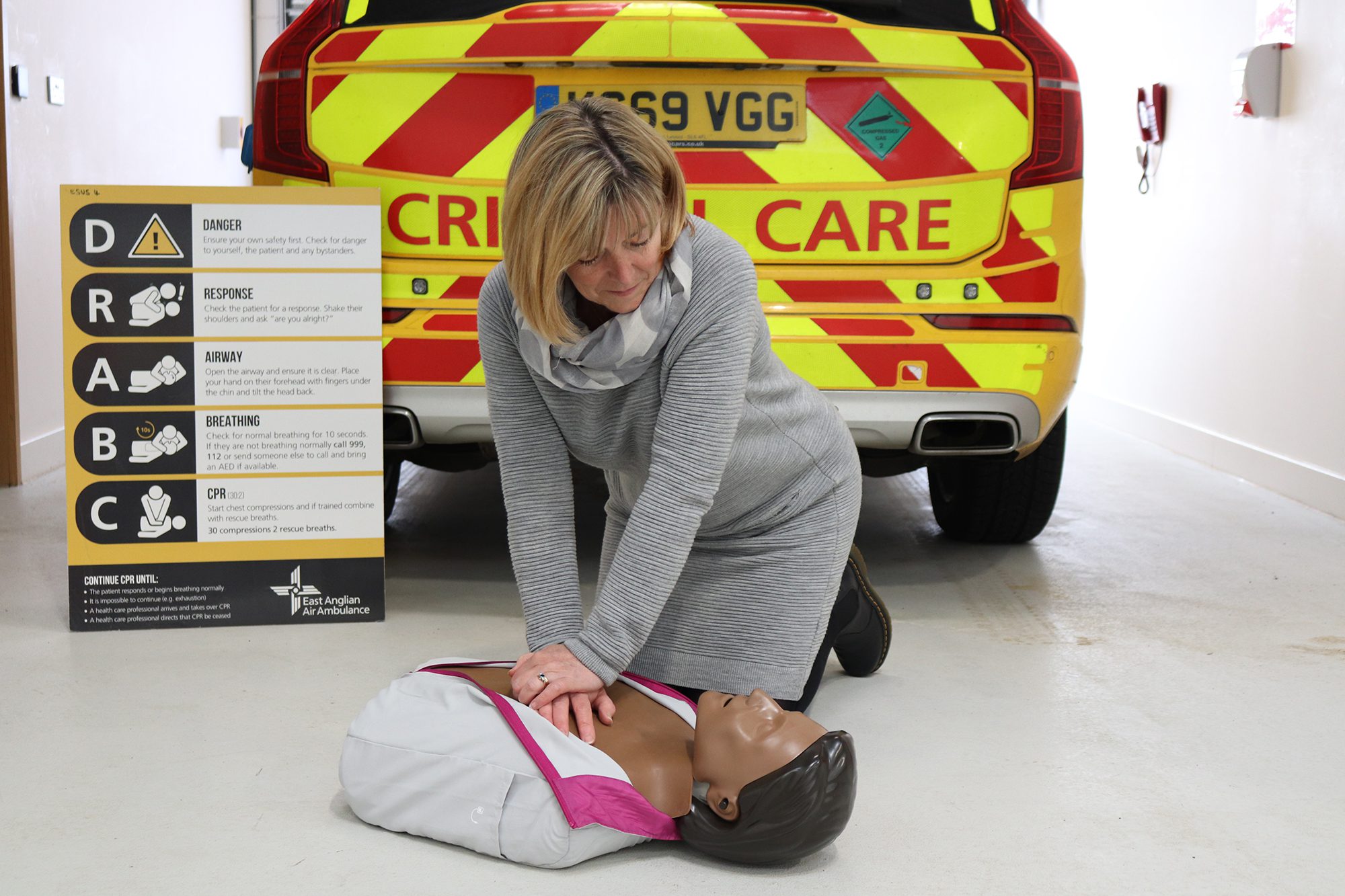29 May 2024
Behind the scenes of Ch4’s Emergency Helicopter Medics
Featuring patients attended by the EAAA crew, series five of Emergency Helicopter Medics launched on Channel 4 in May 2024. Alongside other air ambulance charities across the country, the show documents call outs to emergencies, and the advanced skills, equipment and interventions that the air ambulance crews bring to scene.
We recently spoke with Series Producer, Emma Fentiman from Tern TV, to go behind the scenes of the increasingly popular programme.
“It’s a real honour to be overseeing such a long-running and well-loved series.” Emma says. “It means so much to be trusted to tell the stories of the incredible work of the air ambulance crews and of their patients.”
As the crews treat patients in what may be the worst moments of their lives, a key aspect for both EAAA and Tern TV is to capture the footage in an appropriate and non-intrusive way, which doesn’t impact on the care of patients.
“The process begins way before any cameras are switched on,” Emma says. “It’s important that we build up a good relationship with the charities and their crews, so that they know that our priority is always the patients and that our presence doesn’t stop the crews from doing the vital work they do. Our directors on shift always take the lead from the crews as to when it is appropriate to film and when it isn’t.”
“The helicopters are pre-rigged with small GoPro cameras that can be switched on easily as soon as a call comes in. The directors then follow the action with a small handheld camera. Often one of the crew members will also wear a bodycam, which means we can film images up close without the camera operator having to get really close.”
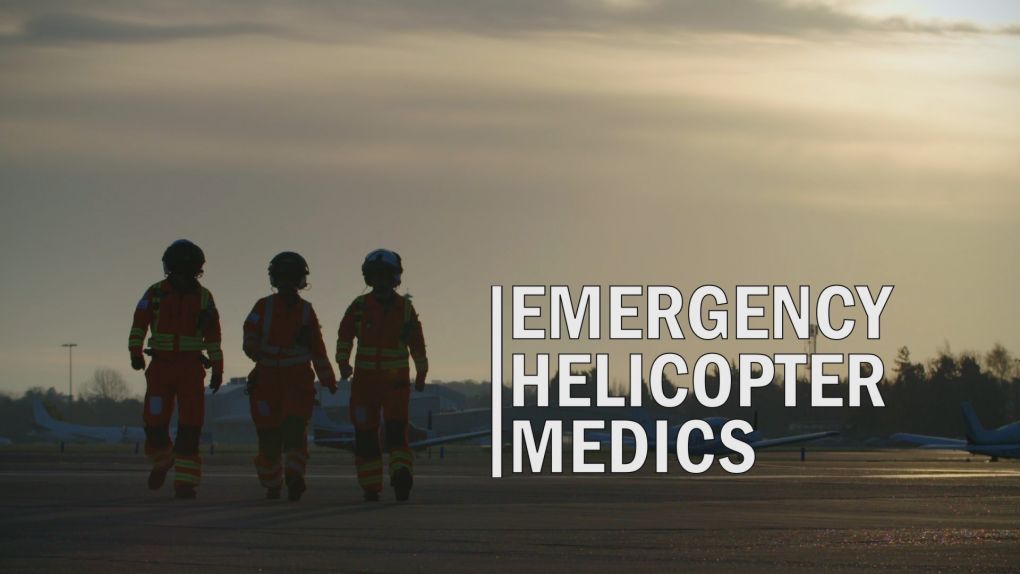
“I think audiences love the show because the patients are normal people going about their daily lives when suddenly something awful happens. We all imagine how we would react if it were us and I think we all hope that if events do take a turn for the worse, then the air ambulance crews will be there to help. It’s fascinating to see their work in action.”
Emma Fentiman, Series Producer – Emergency Helicopter Medics
The editing process is also an essential element in telling the stories of some of the patients, and their families helped by air ambulance critical care teams. It’s Emma’s job to review the raw footage as it comes in and determine which incidents will feature in an episode.
“We choose the stories based on what will best reflect the variety of incidents and injuries that the air ambulances attend, as well as stories that showcase the warmth and humour that prevails – even in the most traumatic of circumstances. It then takes a two-person team around five to six weeks of editing to cut together one episode.”
With Emergency Helicopter Medics regularly pulling in over 500,000 viewers per episode, this fascinating insight behind the scenes of air ambulance charities is something which draws people in time and time again.
Dr Chris Chadwick is one of the EAAA clinicians who features in series five of Emergency Helicopter Medics. A Consultant in Emergency Medicine, Dr Chris has worked with EAAA since 2019, attending some of the region’s most seriously ill and injured people.
“Emergency Helicopter Medics is a great opportunity to give people a real insight into the life-saving work they generously support.” Dr Chris explains. “The production team are extremely professional people who are very mindful of the importance of the advanced critical care that air ambulance charities bring to scene. They are so sensitive in their approach and are really respectful to patients and their families to ensure that patient care is not compromised.”
The clinical team. would update the camera person as the care of the patient allowed: “This is something that comes naturally to us, as we always carefully explain what we’re doing and why to patients, relatives and other emergency services on scene,” Dr Chris adds.
He continues: “EAAA cares for patients in some of their most desperate moments. The programme showcases the advanced critical care EAAA brings to scene in varying environments, particularly in some of the rural and remote locations across our region.”
Dr Chris features in Episode 9 of the current series, which airs on 17 September, where he attends an incident in the heart of the Norfolk Broads. EAAA’s H145 helicopter was vital in getting advanced care to a patient in a remote location, and was the easiest and safest way to transport them to the most appropriate hospital for further treatment.
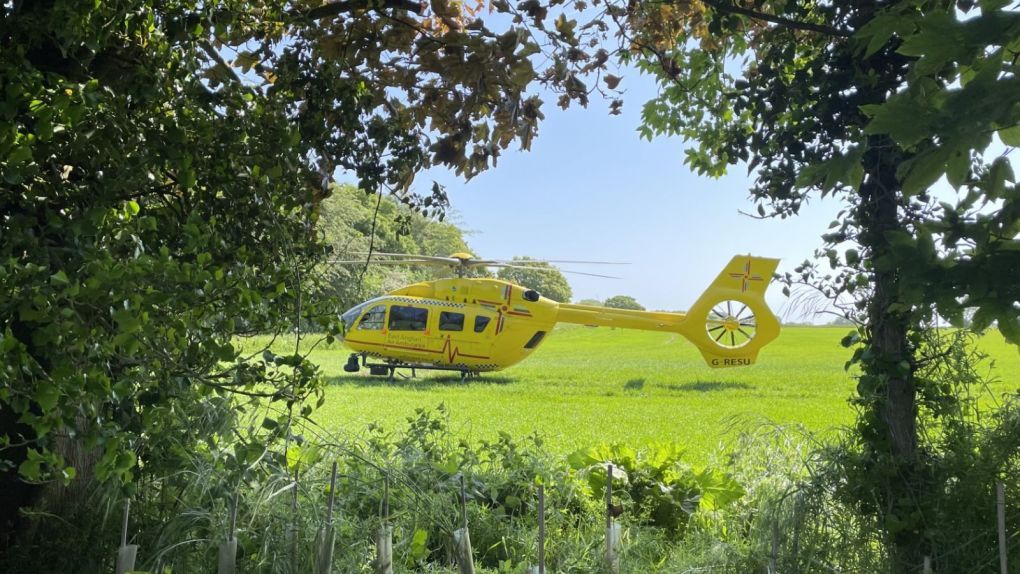
“Importantly, the programme gives a real view of how people’s kind donations to EAAA help critically injured and unwell people across our region. Thank you for this generous, life-saving support.”
Dr Chris Chadwick, EAAA
“When filming, we’re of course aware that we are representing our charity and specialism, but we make no changes when filming takes place. We do the very best we can for every single patient regardless of the circumstances. We also wear body-worn cameras for the series, which you honestly forget are there as we are focussed 100% on patient care,” Dr Chris says.
At the end of each episode, viewers are given a summary of the patients and families attended, highlighting the difference that the air ambulance crews made on scene, when every second counted. Producer Emma Fentiman says: “It’s such a lovely feeling when we see people doing so well, and so great to be able to give patients an opportunity to publicly thank the crews who helped them.”
Dr Chris adds: “Through EAAA’s Aftercare service, which supports patients and families in the aftermath of an incident we attended, we often know their outcome, and sometimes we meet patients we attended at base visits organised by the EAAA Aftercare team. It’s always lovely to see how they are getting on following life-changing emergencies.”
Is it strange when clinicians see themselves on TV doing the job they love? This is one question we couldn’t resist asking Dr Chris.
“It’s odd seeing yourself on TV! But it provides a useful opportunity to see myself in practice, from a different viewpoint, to make sure I’m doing the very best for each patient and family. Its also nice for my own family and friends to see the work I do, especially as they have provided me with so much support during my HEMS (Helicopter Emergency Medical Service) career.
Chris adds, “Importantly, the programme gives a real view of how people’s kind donations to EAAA help critically injured and unwell people across our region. Thank you for this generous, life-saving support.”
Tune into Emergency Helicopter Medics each Tuesday at 8pm on Channel 4/More 4.
